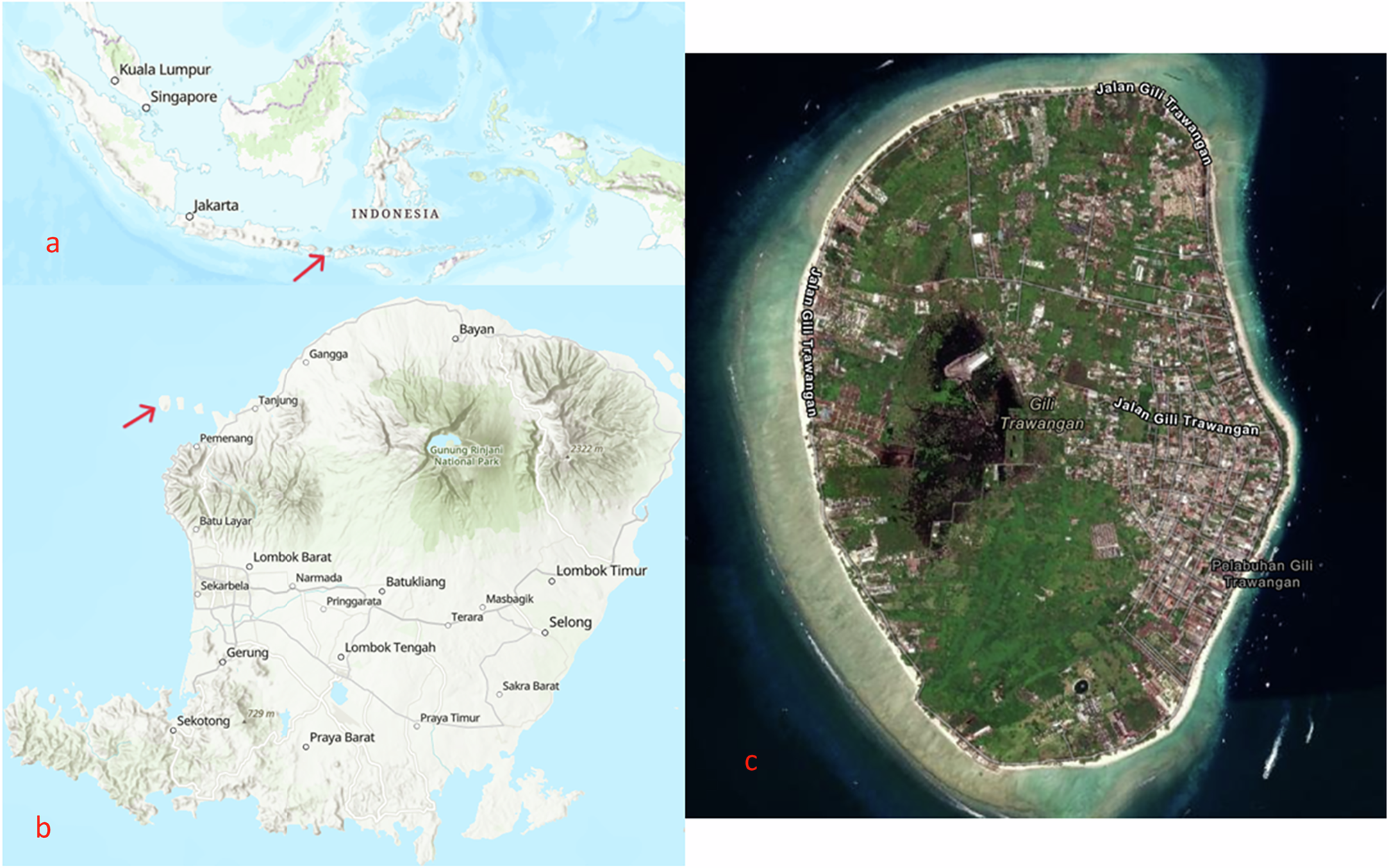Identifying knowledge flows in policy documents
Published in Computational Sciences and Law, Politics & International Studies
Policy documents are often technical and complex and it can take time to process what we are reading. Even more so when we are not working with these documents on a daily basis. At the same time, they have a key function for decision-making processes. They determine what roles different stakeholders should play and what kind of knowledge is expected to inform the decisions we make. We can think of such prescribed exchanges of knowledge as "knowledge flows".
After following a workshop on the use of AI in research, I started to think about ways to incorporate AI in my project. I realized knowledge flows represent certain patterns in policy texts and may be recognized by an AI given enough context. Thus, I decided to start with a first full manual reading of some documents to determine typical patterns. I found typical "signal words" used to describe knowledge exchange (e.g., report to, consult with), and compiled a first set of examples of knowledge flows. Importantly, I found both complete descriptions of knowledge flows, as well as incomplete (only a sender / receiver specified).
With that first material, I began working with ChatGPT. I started asking it to analyze articles or sections within a document and provide summaries and/or overviews of identified knowledge flows. This was a very interesting process where I had to find ways to optimize the prompt (set of instructions) to gradually get better output. I also had to find ways to try and correct ChatGPT because it can and does make mistakes. I believe the human in the loop is and will remain necessary. However, to gradually see the output improve and to find ways to correct it and get the results I needed was highly rewarding!
While I applied this analysis mainly on policies focusing on environmental management and wastewater management, this approach can be helpful to a larger audience as well. It enables us to get a better overview of policies, even when we are not especially knowledgeable about them. It can help us to understand intended roles, or to find out what contribution different stakeholders are supposed to give. Moreover, it can help us to point at potential weaknesses such as unclear roles or overly general provisions on stakeholder engagement. Thus, this can be a tool for both policy makers to strengthen existing policies and for other stakeholders that would like to explore ways to have their interests better reflected in decision-making.
If you are interested in my method, the prompt or the results this kind of analysis can provide then have a look at my paper (open access). There, I present the results from my study in Indonesia, where I looked at the island of Gili Trawangan (Northwest Lombok). And perhaps you would like to analyze a policy document yourself? Then you could also try my custom GPT, the "knowledge flow identifier". I have recently tested it on other policy documents as well, also in another language than English (Dutch), with satisfactory results overall.
Feel free to reach out with any question you have!
Follow the Topic
-
Environmental Management

Environmental Management offers research and opinions on use and conservation of natural resources, protection of habitats and control of hazards, spanning the field of environmental management without regard to traditional disciplinary boundaries.
Related Collections
With Collections, you can get published faster and increase your visibility.
Special Issue: Cumulative effects assessment, monitoring & management: State-of-the-art
The cumulative effects of natural and human-induced disturbances to terrestrial and aquatic ecosystems are among the most pervasive issues facing environmental management. Many of the policies and instruments in place to deal with cumulative effects function at local scales and often in response to specific resource development proposals, such as regulatory environmental and socioeconomic impact assessments. There has emerged in recent years a recognized need amongst the practitioner, scholarly, and decision maker communities to advance cumulative effects assessment, monitoring, and management efforts to more regional (e.g. ecosystem, watershed) scales. Doing so requires new tools and technologies, big data, regulatory and policy innovation, collaboration and partnerships, and a greater role for social considerations and Indigenous knowledge systems.
This Special Issue of Environmental Management is focused on innovations in cumulative effects assessment, monitoring, and management. We are interested in papers from all sectors and disciplines, with special attention to the following topics:
•Theoretical or conceptual advances in cumulative effects principles and frameworks
•Innovations in cumulative effects assessment methods or monitoring
•Regional frameworks for cumulative effects assessment, monitoring, or management
•Governance and institutional arrangements for improved cumulative effects analysis or management
•Determining thresholds or limits to support cumulative effects decisions
•Spatial tools and information management for assessing and characterizing cumulative effects
•Regulatory challenges and opportunities for improving cumulative effects management
•Social and cultural dimensions of cumulative effects, including legacy effects and Indigenous knowledge systems
•Lessons from innovative case studies and applications in cumulative effects assessment, monitoring or management, including Indigenous-led initiatives
Publishing Model: Hybrid
Deadline: Dec 31, 2025
Solutions for Global Sustainability in Hydropower: Balancing Water Use, Ecology, and Community Benefit
Publishing Model: Hybrid
Deadline: Mar 01, 2026





Please sign in or register for FREE
If you are a registered user on Research Communities by Springer Nature, please sign in